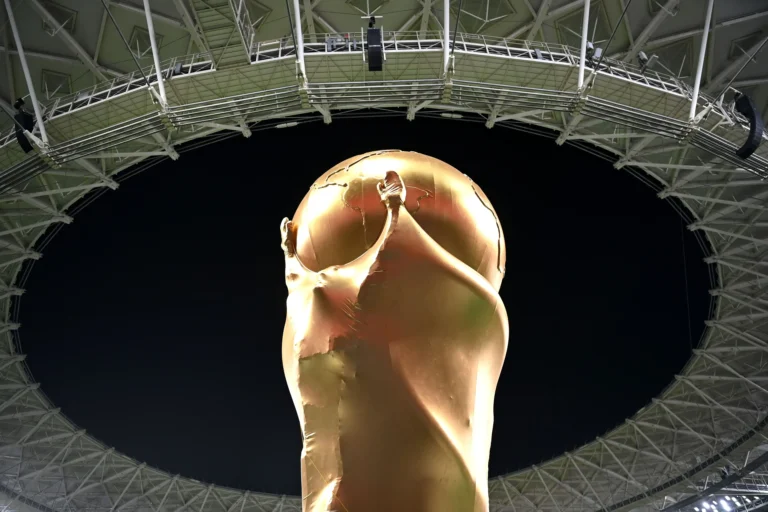Major sporting events like the CAN 2025 and the 2030 World Cup are much more than just a showcase for Morocco. They represent a strategic opportunity to accelerate the energy transition, modernize infrastructure, and strengthen resilience against climate challenges. Leila Benali, Minister of Energy Transition and Sustainable Development, discusses the ambitions and key actions of a Morocco resolutely focused on a sustainable future.
**A clear objective: combining performance and sustainability**
The Ministry of Energy Transition has set ambitious goals for these two major competitions, focusing on three strategic axes:
1. **Accelerating the deployment of renewable energies**
Morocco has significantly invested in clean energy, already reaching 44.3% of installed electrical capacity from renewable sources. With the ambition to exceed 52% before 2030, the country plans to add an additional 7.5 GW to its grid, thus consolidating its position as a regional leader.
2. **Promoting energy efficiency**
More than 80 measures have been identified to optimize energy consumption in key sectors such as transportation, industry, and public lighting. The goal is to reduce energy consumption by 20% by 2030, implementing innovative solutions tailored to the country’s needs.
3. **Regional integration and role as an energy connector**
Thanks to its strategic geographic position and infrastructure, Morocco aspires to become a major energy corridor linking Europe, Africa, and the Atlantic Basin, leveraging its potential in renewable energies and green fuels.
**Effective management to meet the energy needs of the competitions**
Morocco plans a significant increase in investments, with 15.1 billion dirhams (MMDH) injected annually into renewable energies between 2023 and 2027, compared to 3.5 MMDH previously. This dynamic is accompanied by:
– The establishment of **smart grids** to optimize energy management and distribution.
– Strengthening transmission infrastructure, with investments multiplied by five.
– Reforming the National Electricity Regulatory Authority (ANRE) to expand its scope to new segments such as gas and hydrogen.
**Innovative solutions to reduce the carbon footprint**
With a carbon footprint estimated at 3.5 million tons of CO2 for the 2030 World Cup, Morocco is relying on several initiatives to mitigate its environmental impact:
– **Development of sustainable aviation fuels (SAF)** in collaboration with aviation stakeholders.
– Promotion of **sustainable mobility**, particularly with the expansion of urban transport networks (tramway, eco-friendly buses) and the preparation of the high-speed line between Casablanca and Marrakech.
– HQE (High Environmental Quality) certification for new sports infrastructures, ensuring eco-responsible standards and optimized energy use.
**Financing based on strong public-private partnerships**
Morocco relies on proven experience in public-private partnerships (PPP) in the energy sector. Legislative frameworks, such as Law 13-09 and the MASEN law, provide a favorable environment to attract private investments in electricity production and transmission, ensuring effective execution of upcoming energy projects.
**Sustainable waste management: a national priority**
As part of the preparations for the 2030 World Cup, a budget of 6 MMDH has been allocated for waste management in host cities, with a particular focus on:
– Implementing a **dual-stream collection**, separating recyclable waste from organic waste.
– Modernizing existing landfills and creating new infrastructures tailored to local specifics.
– Developing composting and manual sorting units for optimal waste recovery.
**Towards a sustainable legacy for Morocco**
The organization of these international events represents a tremendous opportunity to accelerate the energy transition and build a sustainable legacy. With modern infrastructures, eco-responsible policies, and innovative initiatives, Morocco aims to demonstrate that it is possible to combine sports and sustainability for a greener future.


